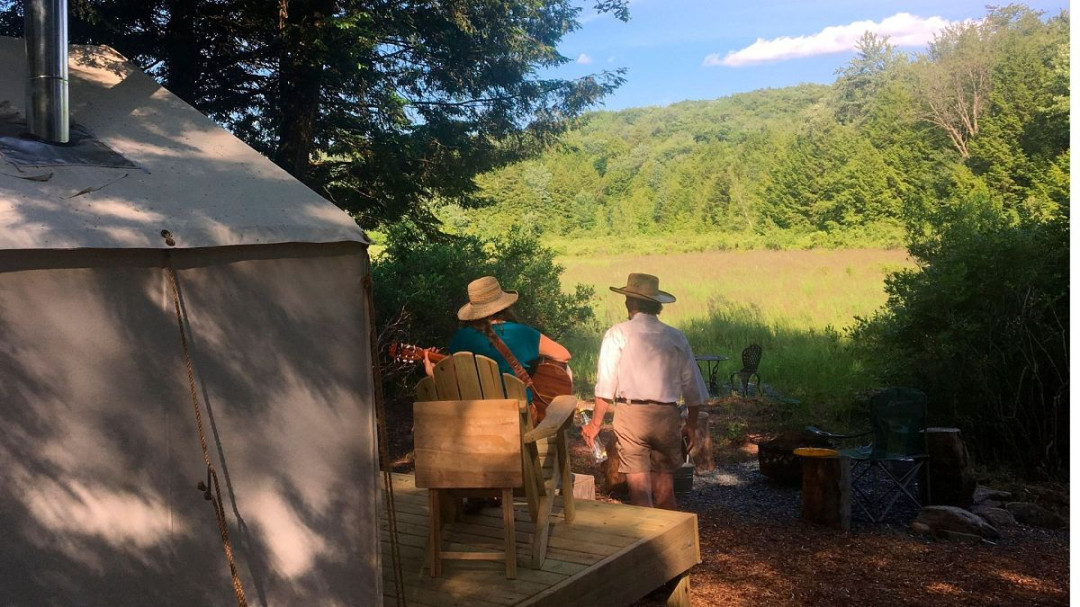Introduction
Living off the grid is a dream for many, a way to escape the hustle and bustle of modern life and embrace self-sufficiency. But what does it actually mean? And what factors should you consider when creating your own off-grid haven? Let’s dive in.
Lighting

Lighting in an off-grid home requires careful planning. Natural light is your best friend. Large windows or skylights can significantly reduce your reliance on artificial lighting. For those dark hours, consider these options:
Solar-powered lights: These are a staple for off-grid living. From simple string lights to powerful spotlights, there’s a solar-powered option for every need.
Color
Color psychology plays a significant role in indoor comfort. Light colors can make a space feel larger and brighter, while darker shades create a cozy atmosphere. However, the best color choices for your off-grid home depend on several factors:
Insulation: Light colors reflect heat, which can be beneficial in warmer climates. Darker colors absorb heat, making them suitable for colder regions.
Furniture
Off-grid living often involves multifunctional furniture. Consider pieces that can serve multiple purposes to maximize space and resources.
Storage furniture: Beds with built-in storage, ottomans with hidden compartments, or modular shelving can help keep your living space organized.
Materials
Choosing the right materials for your off-grid home is crucial for sustainability and comfort.
Recycled materials: Incorporating recycled materials reduces your environmental impact and can add unique character to your home.
Accessories
Accessories can add personality and functionality to your off-grid home.
Handmade items: Support local artisans and add a unique touch with handmade crafts.
Layout
The layout of your off-grid home should prioritize efficiency and comfort.
Open floor plans: Maximize natural light and create a sense of spaciousness.
View
If possible, choose a location with a beautiful view. It can significantly enhance your quality of life and provide inspiration.
Nature views: Forests, mountains, or bodies of water can offer peace and tranquility.
Conclusion
Living off the grid is a rewarding experience that offers freedom, self-sufficiency, and a deeper connection to nature. By carefully considering factors like lighting, color, furniture, materials, accessories, layout, and view, you can create a comfortable and sustainable off-grid home.
FAQs
1. How much does it cost to build an off-grid home?
The cost of building an off-grid home varies greatly depending on factors like location, size, and desired amenities. It’s essential to create a detailed budget.
2. What are the challenges of off-grid living?
Off-grid living can be challenging, especially in terms of energy management, waste disposal, and access to amenities. However, with proper planning and preparation, these challenges can be overcome.
3. Do I need permits to build an off-grid home?
Permit requirements vary by location. It’s crucial to research local regulations before starting construction.
4. Can I still have modern conveniences while living off the grid?
Yes, it’s possible to enjoy modern conveniences like internet, refrigeration, and hot showers with the right technology and systems.
5. What is the best time of year to start building an off-grid home?
The best time to start building depends on your location’s climate. Consider factors like weather conditions and daylight hours.